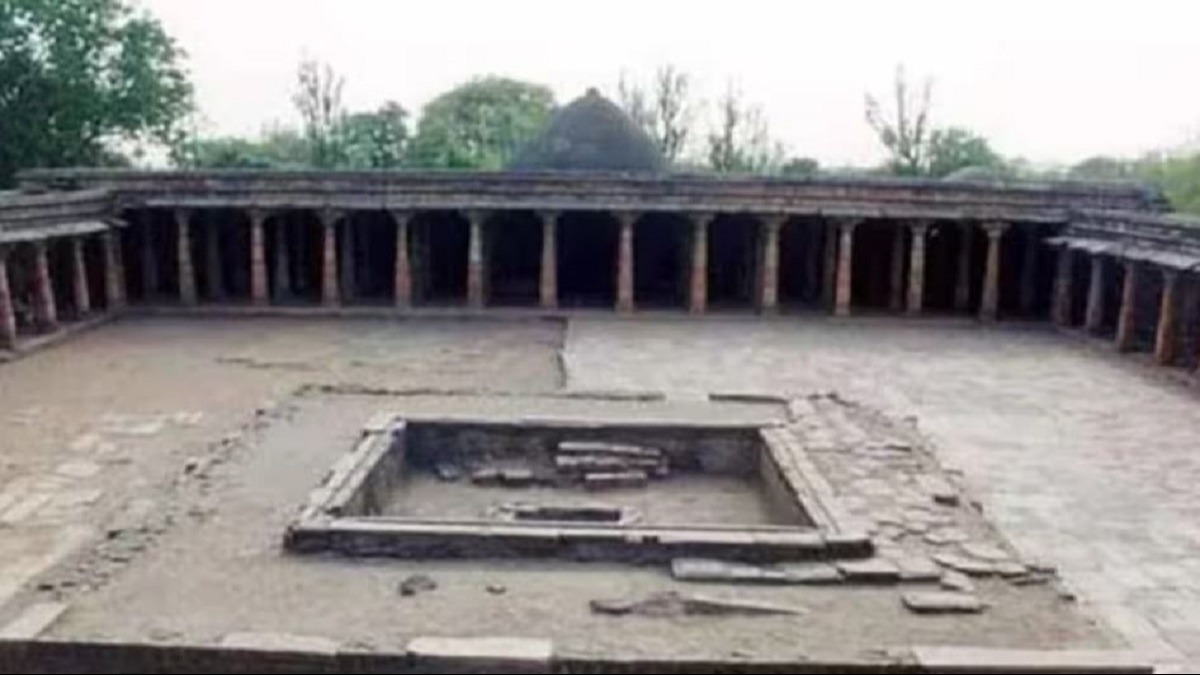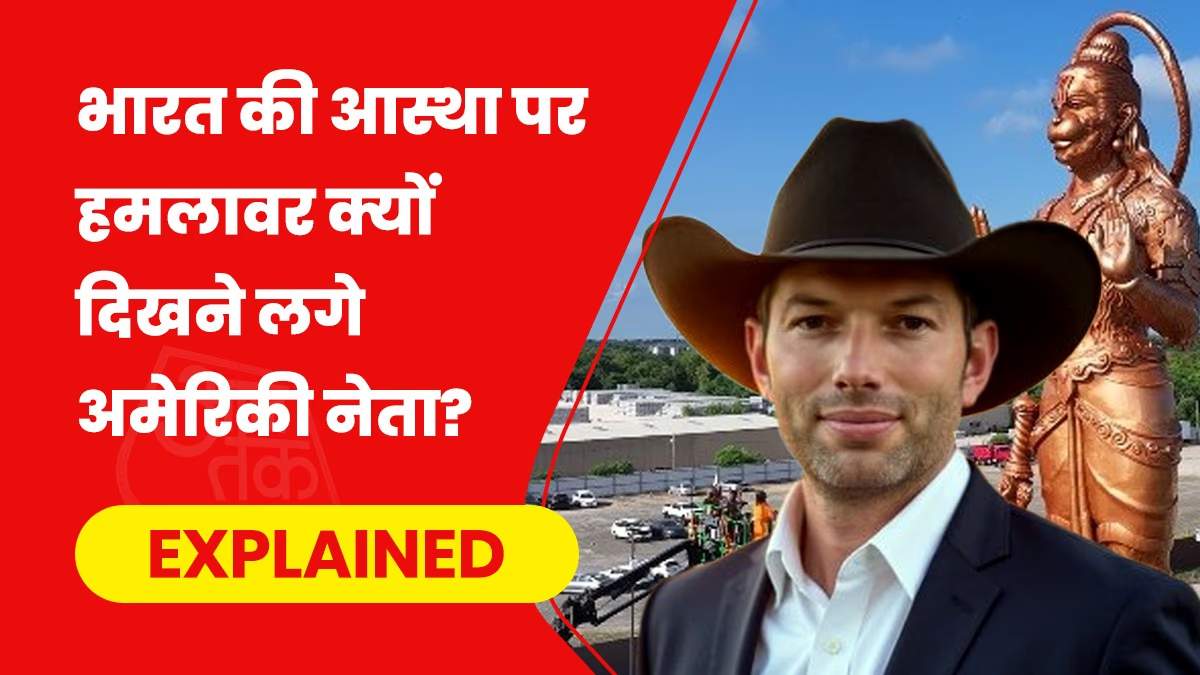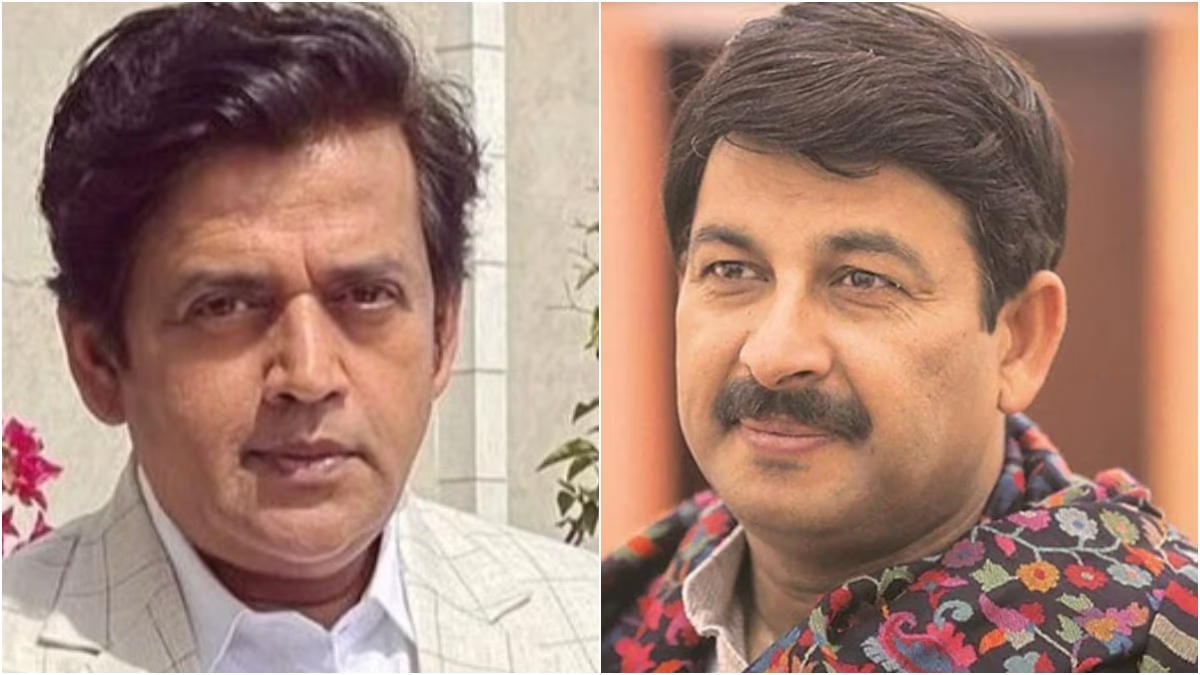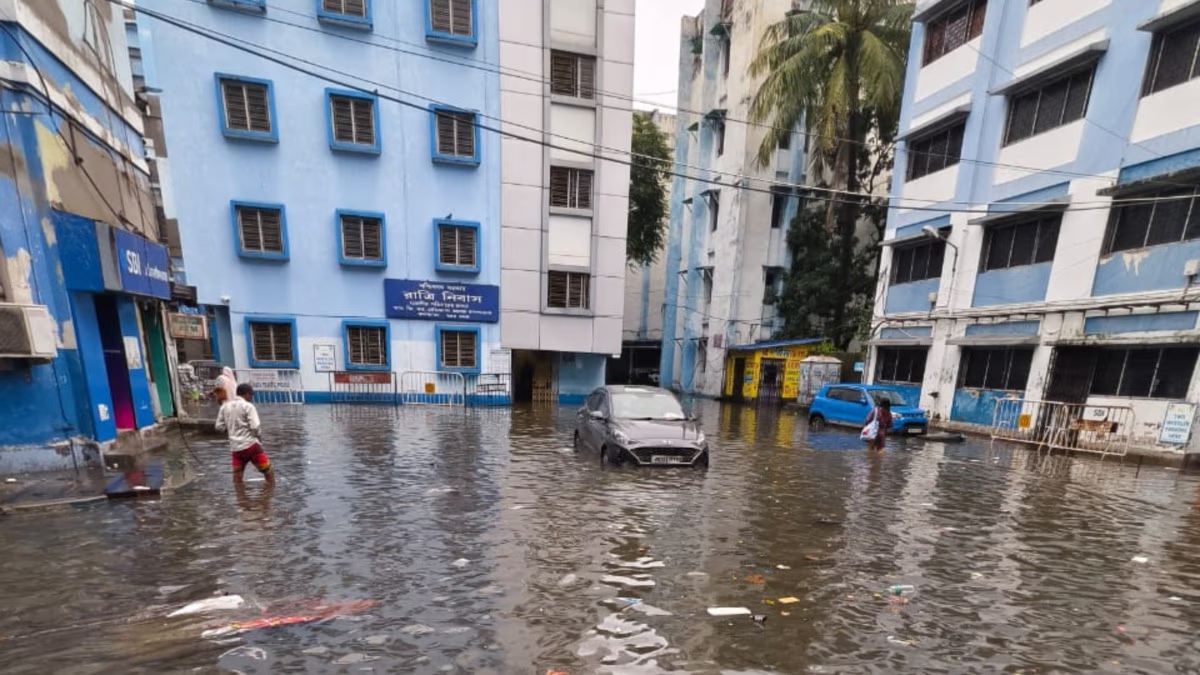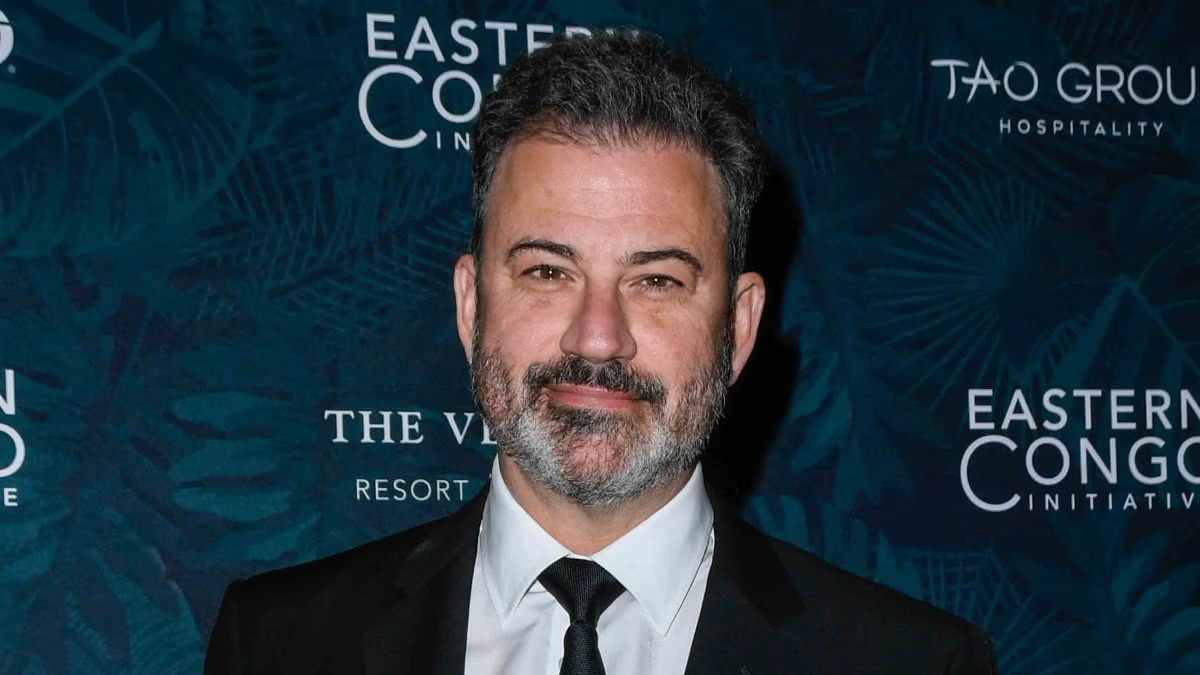The Archaeological Survey of India (ASI) team is carrying out a survey at the historic site of Bhojshala in the city of Dhar. Following an order from the Madhya Pradesh High Court, this exercise will seek to determine whether Bhojshala houses a Saraswati temple or Kamal Maulana mosque. Strict security measures have been implemented around the Bhojshala compound. On March 11, the court directed the ASI to conduct a scientific survey of the controversial Bhojshala within six weeks. Let's delve into the history of Dhar's Bhojshala and the reasons behind its recent disputes.
The Dhar district, part of the Indore division in Madhya Pradesh, is currently under the spotlight due to a monument called Bhojshala. An 11th-century protected site by ASI, Hindus claim it to be the temple of Vagdevi (Goddess Saraswati), while Muslims call it the Kamal Maulana mosque. Although the dispute has been ongoing for decades, a petition filed in the Indore High Court in 2022 has given the matter a new twist. The petition has raised demands for installing an idol of Goddess Saraswati and permitting comprehensive photographic and videographic documentation of the premises. It has also called for an end to the practice of offering Namaz there.
The Supreme Court Refuses to Intervene
On March 11, the court instructed ASI to conduct a scientific survey of the premises, which led the Muslim side to appeal to the Supreme Court. The apex court refused to intervene in the High Court’s order at this time, denying the Muslim petitioners’ request for an immediate halt to the survey.
Hindus Worship and Muslims Offer Namaz
The arrival of Basant Panchami annually brings the Bhojshala dispute into the limelight. In Bhojshala, Hindus are allowed to enter from sunrise to sunset on Tuesdays. In contrast, only worshippers are permitted inside on Fridays from 1 PM to 3 PM. The site is open to all visitors from sunrise to sunset on all other days of the week, with an entry fee of one rupee.
The History of Dhar's Bhojshala
The region was once ruled by the Paramara dynasty thousands of years ago. Raja Bhoj governed this territory from 1000 to 1055 CE. A devout worshipper of Goddess Saraswati, he established an academic institution in 1034 CE, which was later named 'Bhojshala' after him. Legend has it that Ala-ud-din Khilji destroyed Bhojshala in 1305 CE. Later in 1401 CE, Dilawar Khan Gauri constructed a mosque in part of it, with Mahmud Shah Khilji adding another mosque in 1514 CE.
Claims from Hindu and Muslim Sides
An excavation in 1875 reportedly unearthed an idol of Saraswati Devi, which Major Kincaid, a British officer, allegedly took to London. The idol is said to be currently housed in a London museum. One of the demands in the High Court petition was to bring back this idol from London. The Bhojshala controversy has been decades-long, often resulting in tensions between the Hindu and Muslim communities.
Hindu organizations assert it to be a temple of Raja Bhoj's era dedicated to Saraswati. They argue that Muslims were permitted to offer prayers there only for a brief period during the royal rule. Conversely, the Muslim side claims they have been offering prayers here for years and refer to the site as the Bhojshala-Kamal Maulana mosque.
When Were Worship and Namaz Permitted?
Understanding when both worship and Namaz were simultaneously sanctioned here is crucial. Bhojshala was declared a protected monument by the Dhar princely state in 1909, later handed over to the Archaeological Department. In 1935, permission was granted for Namaz on Fridays when the site was primarily open. Post a controversy in 1995, permission was given for Tuesday worship and Friday prayers. On May 12, 1997, the Collector banned public access to Bhojshala and ceased the Tuesday worship rituals, limiting activities to only Basant Panchami worship and Friday prayers. However, just two months later, these restrictions were lifted. Finally, in 2003, all bans were removed, allowing entry for tourists along with worship activities.
Crisis Arising on Fridays That Coincide with Basant Panchami
While matters were relatively stable, the atmosphere soured in 2013 when Basant Panchami fell on a Friday, leading to unrest. The police had to exert force to control the situation. A similar coincidence in 2016 led to another upset. Hindus celebrate by placing a photo of Saraswati Devi in Bhojshala for worship. As per the latest court order, ASI began its survey under high security on March 22, a Friday.
